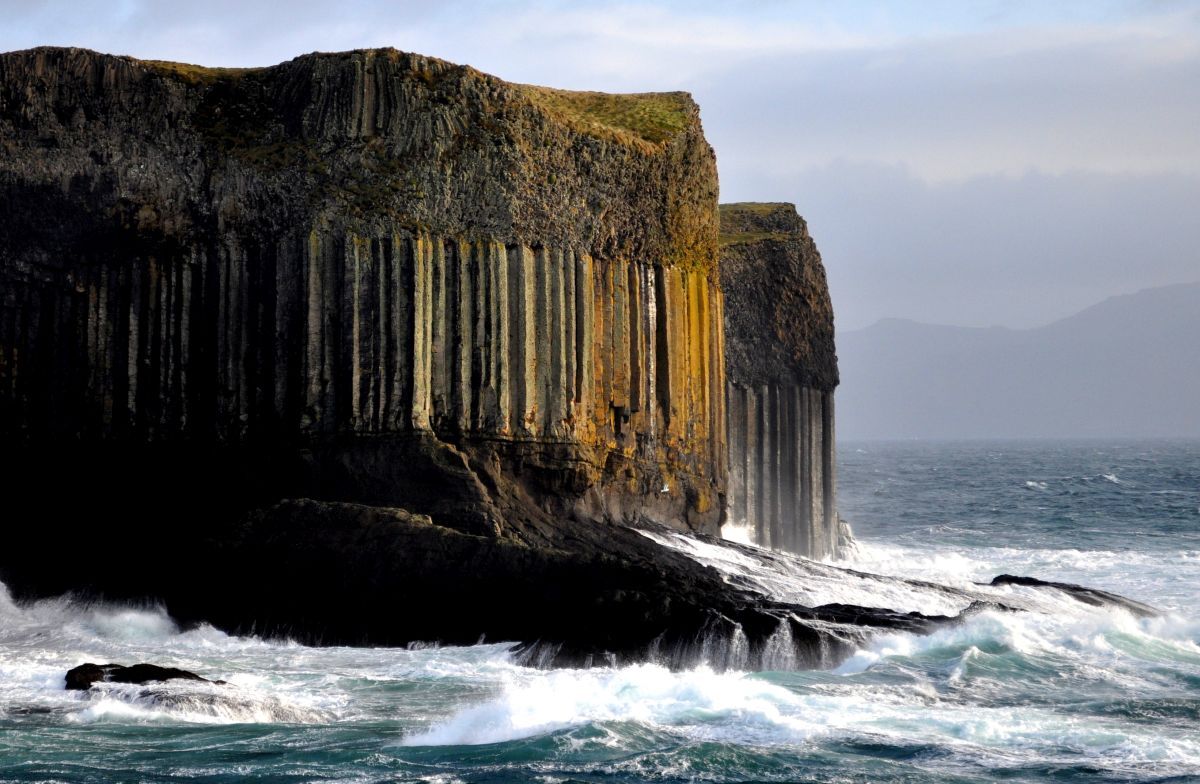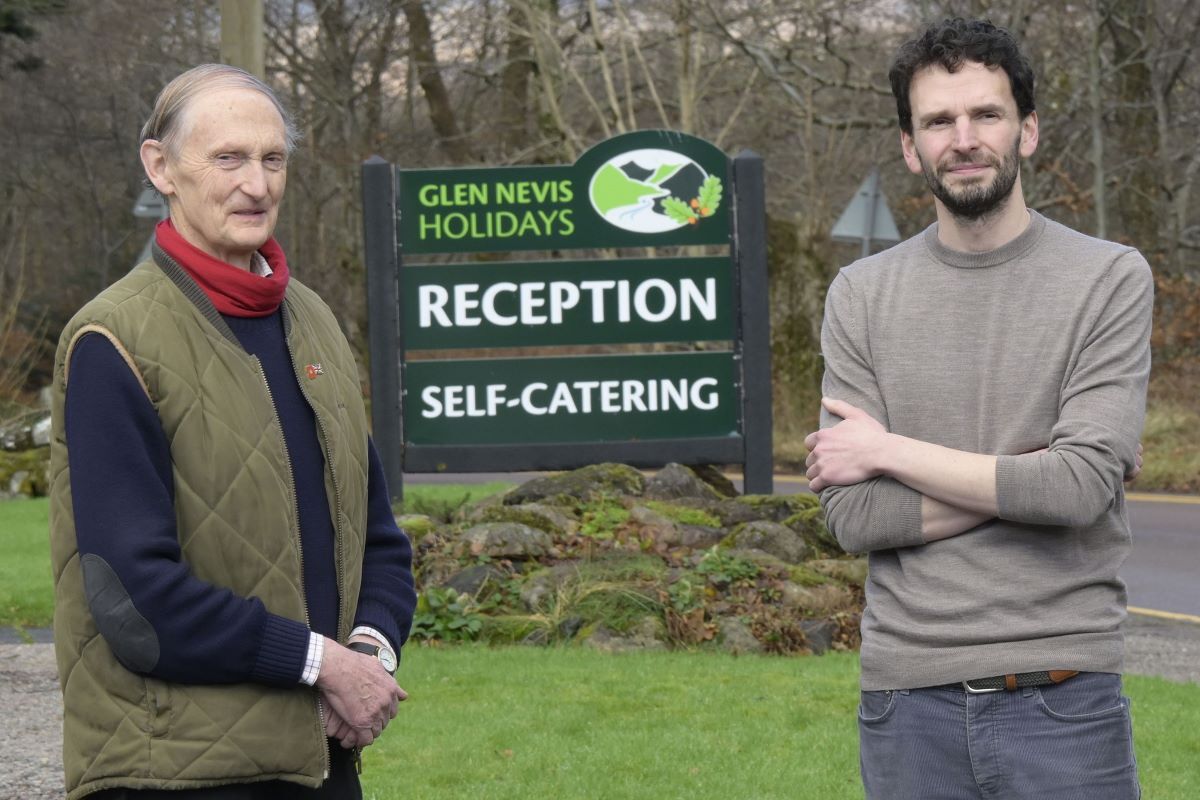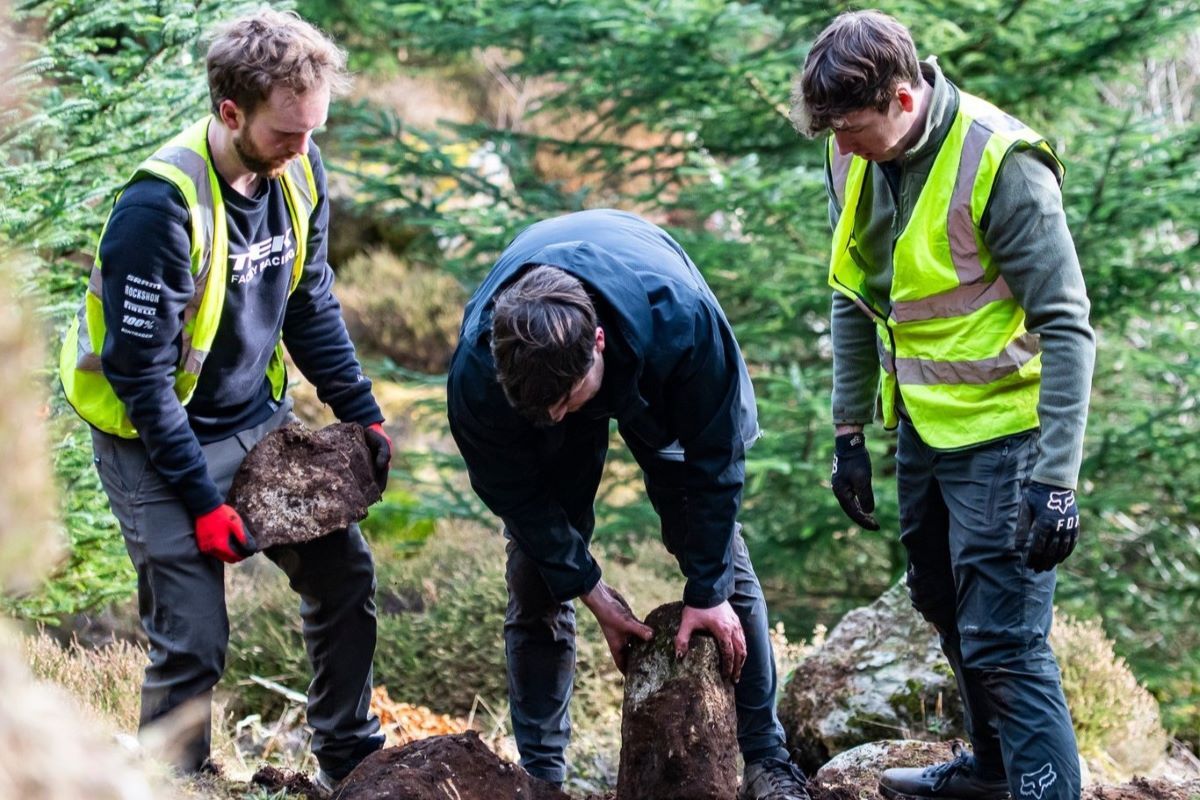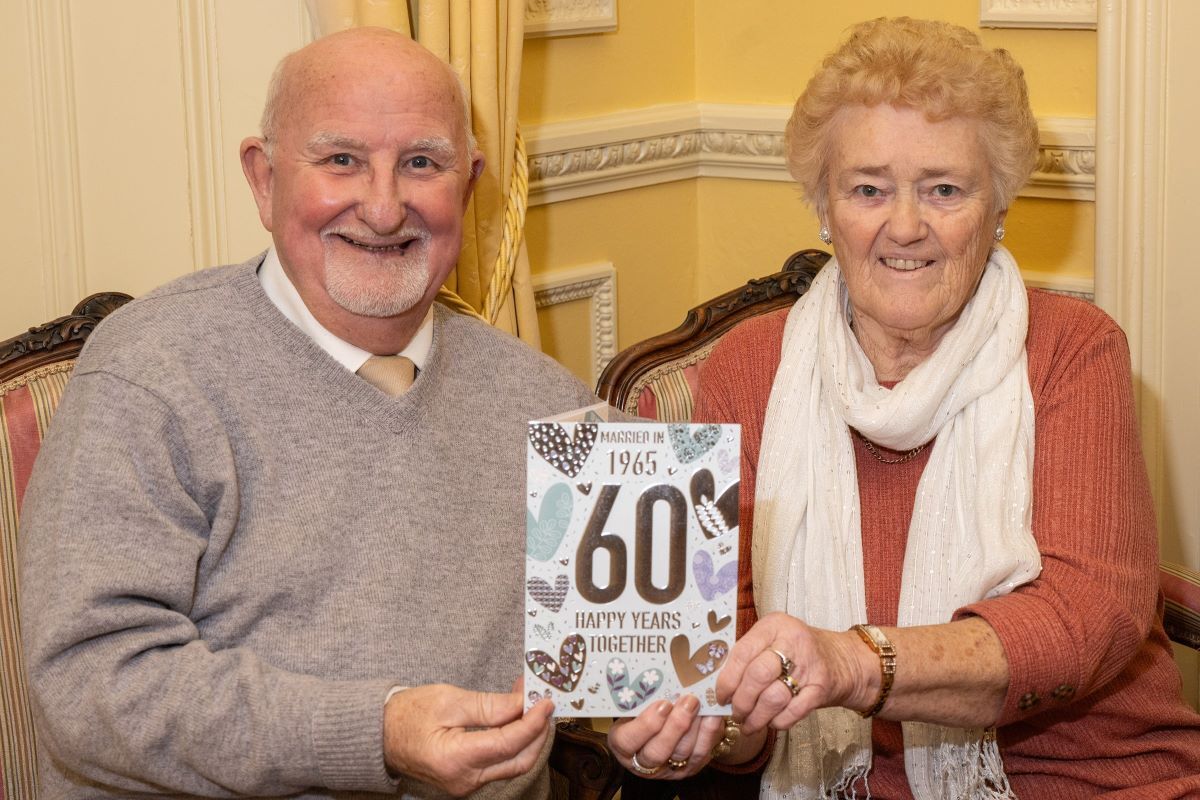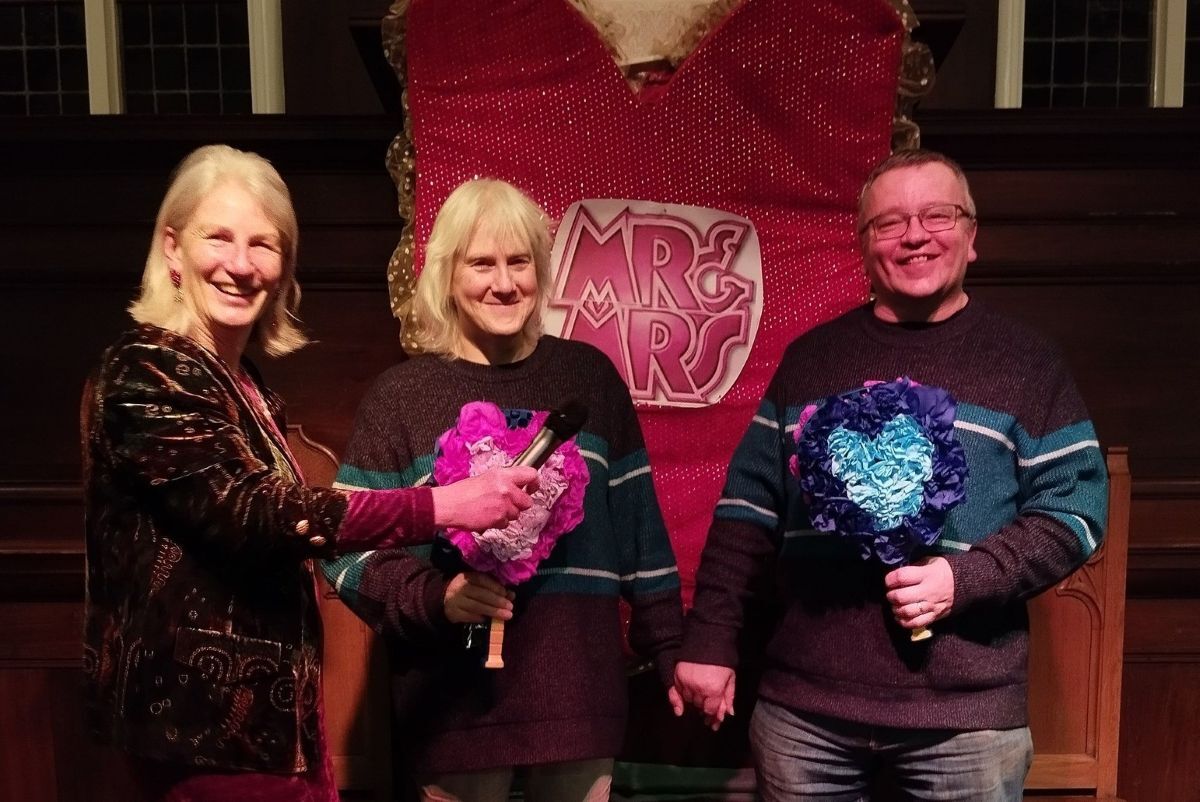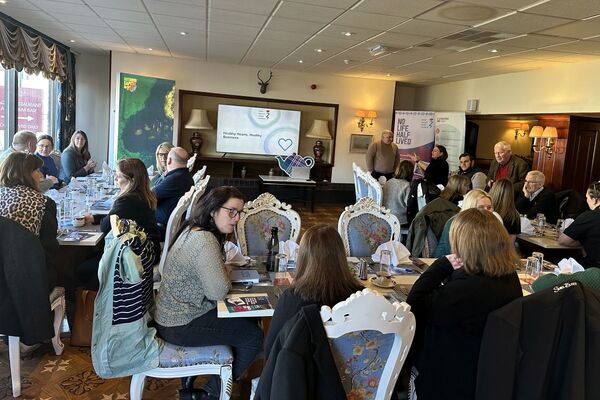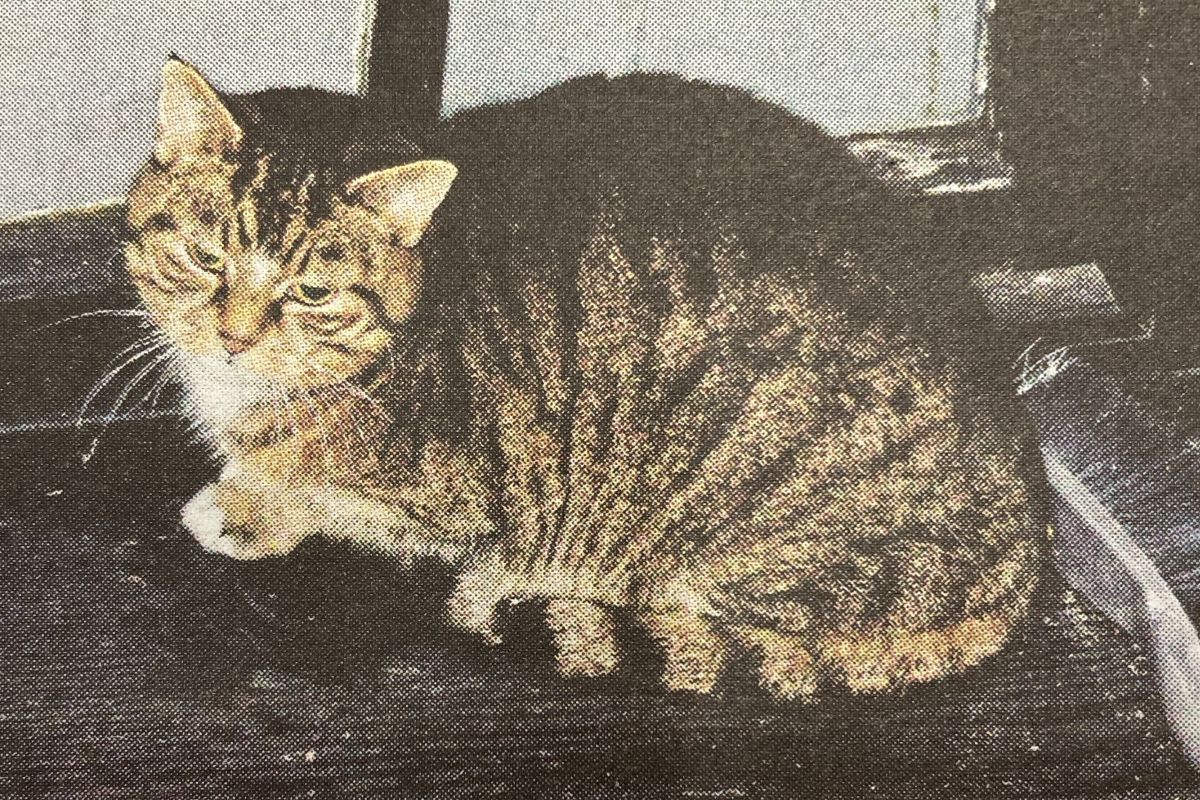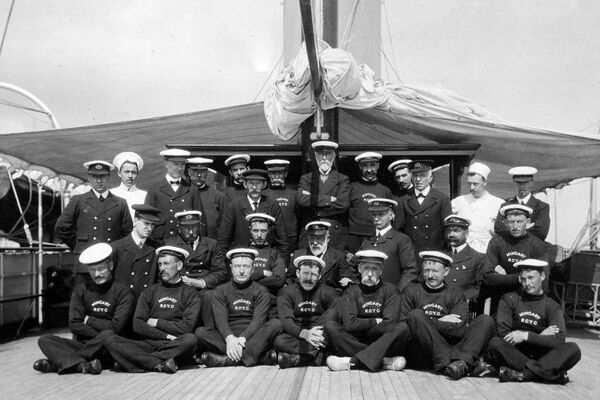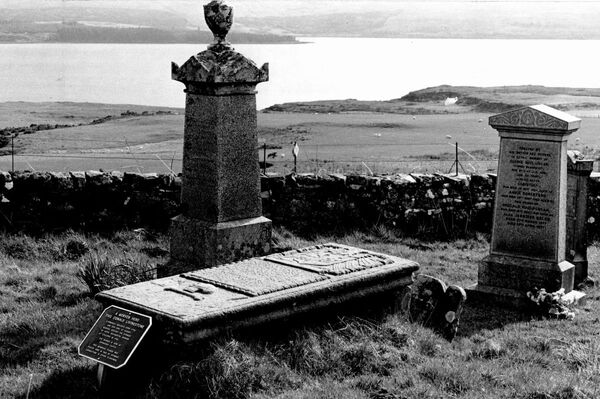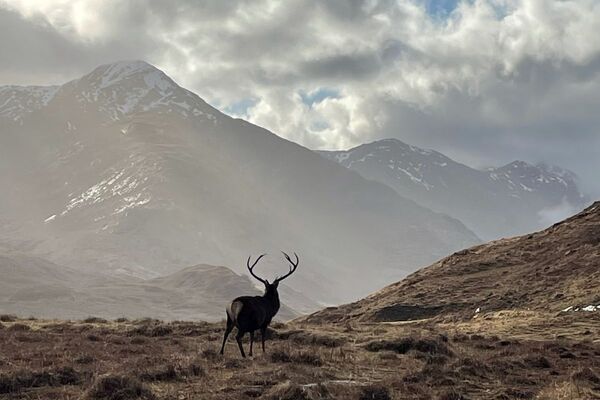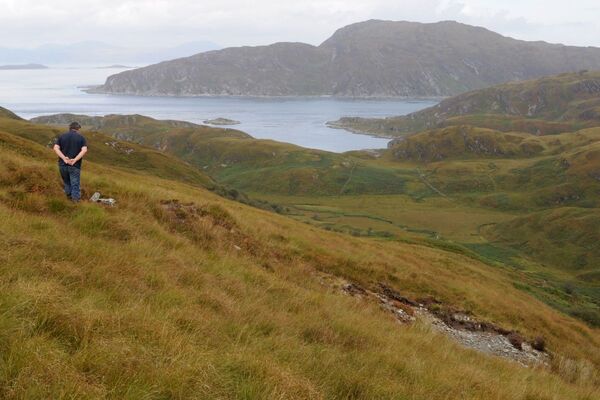Staffa – the world-famous island off Mull
The lure of Fingal’s Cave has drawn thousands of people to the tiny island of Staffa for centuries. Lying in the Atlantic west of the Island of Mull and about six miles north of Iona, Staffa has won as much acclaim as any other natural feature in the world.
The name goes back to the time of the Vikings. It comes from two Old Norse words: ‘Stafr’ – pillar or post and ‘ey’ – an island. Hence ‘pillar island’, from the tall hexagonally-jointed basaltic columns on the south side of the island, reminding them perhaps of their own houses, which were built from vertically placed tree-trunks.
Staffa was formed around 60 million years ago when a volcano on Mull erupted spewing a huge volume of lava westwards into the sea. Through time this deep, soft rock, was eroded and dispersed by wind and tide leaving it and several neighbouring islands, isolated from the mainland.
Staffa is made up of three different layers of rock. The lowest, is ‘tuff’ – a geological term for volcanic dust and ash; the middle comprises columns of molten lava and on top sits a jumble of broken columns and other geological debris covered by a layer of rich soil and grass. Through time the prevailing south-westerly waves found weaknesses in the tuff and gradually gouged out three great cavities on the south side of the island of which the 227ft deep and 60ft high Fingal’s Cave is the most well-known.
One of the most frequent questions asked by visitors to Staffa is, “Why did the great opening we know today as Fingal’s Cave, come to be called after a mythical Irish giant?”
The cave’s original Gaelic name was ‘Uamh-Bhinn’ (Gaelic, the ‘cave of melody’) and became known by its present name only after it was publicised by the renowned scientist, Sir Joseph Banks after he called in on his way to Iceland in 1772.

Banks, who accompanied Captain Cook on his epic voyage to Australia in 1768-71, mistakenly thought ‘Bhinn’ (pronounced Finn) was an abbreviation of Fingal, who is credited with building a causeway between Ireland and Scotland. The name stuck!
Banks was so overwhelmed by what he saw that he wrote: “Staffa, which is reckoned one of the greatest natural curiosities in the world, is surrounded by many pillars of different shapes, such as pentagons, octagons, etc.
"There is a cave on the island; the whole sides are solid rock, and the bottom is covered with water 12 feet deep. The Giant’s Causeway in Ireland, or Stonehenge in England, are but trifles when compared to this island.”
Almost overnight Staffa became one of the most popular visitor destinations in the world. Hot on the heels of Banks came Faujas de St Fond (a noted French geologist), then Sir Walter Scott, who made two trips to Staffa in 1810 and 1814.
After Scott, in the list of famous visitors, came the 20-year-old Felix Mendelssohn, who arrived on August 7, 1829 on the paddle steamer ‘The Highlander’, along with his friend the celebrated German author Ernst Klingemann. Despite being violently seasick on the way from Oban, the sight and sound of the Atlantic making weird echoes in the Cave inspired Mendelssohn to write his Hebrides Overture Opus 26, commonly known as Fingal’s Cave.
Other 19th-century celebrities followed including Queen Victoria – accompanied by Prince Albert, the Princess Royal and the young Prince of Wales (later King Edward V11) – J M W Turner, John Keats, William Wordsworth, Alfred Lord Tennyson, Jules Verne, Robert Louis Stevenson and David Livingstone, the missionary and explorer whose grandfather had lived in Morvern on the nearby Island of Ulva.
Although no one now lives on Staffa, it was not always so. When Sir Joseph Banks landed in 1772 there was only one occupant – a herdsman who invited him to spend the night in his little house. Leaving his companions in a tent, Banks agreed but regretted it because not only did his host keep him awake all night singing songs in Gaelic, which he could not understand, but on wakening in the morning discovered that he had acquired lice.
When Banks mentioned this to his indignant host, the herdsman, who evidently spoke some English, told him he must have brought them with him and that he should have left them in England from whence he had come!
In 1784 Faujas de Saint-Fond, the French geologist, found two families with eight cows, a bull, 12 sheep, two horses, a pig, two dogs, a cockerel and eight hens on the island.
Staffa is now owned by The National Trust for Scotland, said to be only the ninth owner since records began.
It was bought in April 1986 by the late Jock Elliott, philanthropist and chairman of Ogilvy & Mather, New York’s renowned international advertising agency, as an imaginative gift for his wife’s 60th birthday. Two days later Elly Elliott donated the island to the trust and, in return, was given the honorary title of ‘Stewardess of Staffa’ for life.
Latest News
JOBS
Business Development Manager - Highland Broadband
Sign up to our daily Newsletter
Permission Statement
Yes! I would like to be sent emails from West Coast Today
I understand that my personal information will not be shared with any third parties, and will only be used to provide me with useful targeted articles as indicated.
I'm also aware that I can un-subscribe at any point either from each email notification or on My Account screen.
You may also like
Super yachts in West Highland waters
Heroes and a hymn from across the Atlantic
The vanishing red deer of the Highlands
Latest News
JOBS
Business Development Manager - Highland Broadband

